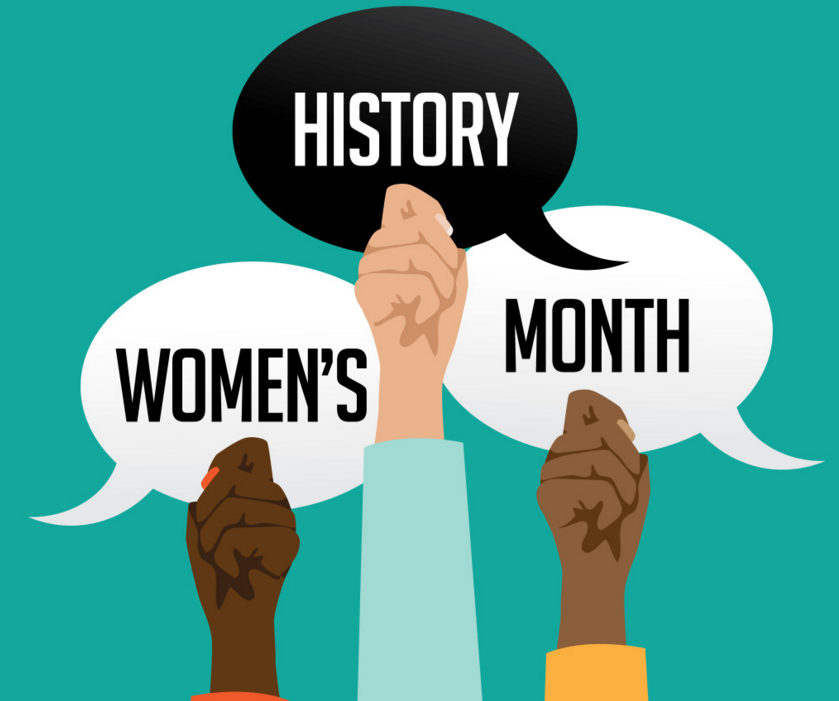NAO Robot: Unique Personal Teaching Assistant
 Image source: Movia Robotics
Image source: Movia Robotics
In 2008, SoftBank Robotics released a revolutionary humanoid robot with an unusual
talent; it can teach students. SoftBank developed NAO as a programmable, personal teaching assistant for enhanced learning engagement. Far from being limited in scope, the NAO is capable of helping students of all ages and abilities. Let’s find out more about NAO and what makes it unique compared to other robots.
- 0 Comments
- Sep 15, 2021 10:00:00 AM
- Posted by Maria Alejandra Calcetero
- Topics: Robotics, EdTech, STEM, Education, 21st Century Classroom, students, Technology, STEMchat, WomeninSTEM, Edchat, girlsinSTEM, k12, coronavirus, virus, disinfection
What Are The Benefits Of Robotics In Education
With the improvement in technology, many areas of our lives have changed. Robotics is essential in education as it comes with many advantages.
Students learn new skills and develop their knowledge. It helps students improve their attention, design, and teamwork skills. It brings students together to do something fun and worthwhile. Here are the main benefits of robotics in education.
- 1 Comments
- Sep 14, 2021 10:00:00 AM
- Posted by Maria Alejandra Calcetero
- Topics: Robotics, EdTech, STEM, Education, 21st Century Classroom, students, Technology, STEMchat, WomeninSTEM, Edchat, girlsinSTEM, k12, coronavirus, covid19, disinfection robots, Automation, virus-free, virus, disinfection
The Future Still Lies in Coding
Coding is enormous in education right now.
No wonder. Coding offers so many academic benefits that schools cannot ignore its significance. Sequential processes, computational thinking, and creative problem-solving all make upcoding. It’s the new literacy in schools. There’s so much to like about coding that coding academies and boot camps are springing up everywhere.
Bootcamps can be expensive, but they are intensive. Participants learn as much as possible in three to six months, securing employment as a coder soon after that. Academies, on the other hand, tend to be more flexible. They offer coding training at all levels, and students create code in maker spaces.
Coding appeals to children of all ages. Not only are there plenty of outstanding apps with which to teach coding, but there are also schools focused intensely on learning how to code.
- 0 Comments
- Sep 13, 2021 10:00:00 AM
- Posted by Maria Alejandra Calcetero
- Topics: Robotics, EdTech, STEM, Education, 21st Century Classroom, students, Technology, STEMchat, WomeninSTEM, Edchat, girlsinSTEM, k12, coronavirus, covid19, disinfection robots, Automation, virus-free, virus, disinfection
5 Ways to Get Girls into STEM
As a society, we learn about the world and advance our well-being through science and engineering. The United States may be known around the world for its higher education, but compared to many other leading and steadily emerging countries, we lack a strong focus on educating scientists and engineers. One significant reason that we have fallen behind is that we do not encourage our female students to pursue career paths in Science, Technology, Engineering, and Math (STEM).
This needs to change, as the lack of women in STEM will continue to plague our country until all students, regardless of sex, have adequate opportunities to explore math and science throughout elementary, middle, and high school. If we want to attract the best and brightest minds into the fields that will move us forward, we must look to all of the population. More women can contribute to our field, and we can help make that happen. Below are a few strategies for how we can help.
- 0 Comments
- Sep 8, 2021 10:00:00 AM
- Posted by Maria Alejandra Calcetero
- Topics: Robotics, EdTech, STEM, Education, 21st Century Classroom, students, Technology, STEMchat, WomeninSTEM, Edchat, girlsinSTEM, k12, coronavirus, covid19, disinfection robots, Automation, virus-free, virus, disinfection
The Importance of Women in STEM Careers

Despite the COVID-19 spread let's don't forget that March is Women's History Month. This month is one to reflect on women around the world — their year-round strides and accomplishments, everyday lives and impact on the planet. Even with fluctuations in politics and social movements, the contributions of women remain constant.
Progress in the workplace has come far but still has further to go. Women in STEM, especially, are making major strides and changing a landscape that lacks representation.
The number of women in science, technology, engineering and math is relatively low compared to men. Slowly, though, the percentages are increasing. With more representation and awareness, STEM females will eventually match the number of STEM males, ushering in a new era of equality.
- 0 Comments
- Mar 20, 2020 10:10:00 AM
- Posted by Natalia Galvis
- Topics: EdTech, STEM, STEMchat, WomeninSTEM, Edchat, girlsinSTEM
Closing The Gap Between Men and Women in STEM

Gender inequality in the workplace is nothing new. When women entered the workforce during World War II, it was out of necessity. During the feminist movement of the 1960s, women entered the workforce by choice. However, their options were quite limited. Most simply became secretaries, nurses, babysitters, or teachers.
Today, women work in all fields, but, the hard sciences, technology, engineering, and mathematics are still dominated by men.
Is there is a reason that such a gap continues to exist in these particular fields? And what can be done to close this gap?
- 0 Comments
- Mar 5, 2020 10:00:00 AM
- Posted by Natalia Galvis
- Topics: EdTech, STEM, 21st Century Classroom, Innovation, STEMchat, WomeninSTEM, Edchat, girlsinSTEM
The heroines STEM: Ten women in science you should know

Science is often considered a male-dominated field. In fact, according to United Nations data, less than 30% of scientific researchers worldwide are women.
Studies have shown that women are discouraged from, or become less interested in, entering the fields of science, technology, engineering and math (STEM) beginning at a young age. And according to the Pew Research Center, women remain underrepresented in engineering, computer science and physical science.
But despite challenges of gender discrimination and lack of recognition in the scientific community, countless inspiring women in these fields have made historic contributions to science and helped advance understanding of the world around us.
Many were not recognized in their own lifetimes, but their achievements have helped generations of female scientists to come. We all learned about Marie Curie and Jane Goodall, but here are 10 more women in science you should know.
- 0 Comments
- Feb 19, 2020 10:00:00 AM
- Posted by Natalia Galvis
- Topics: EdTech, STEM, 21st Century Classroom, Technology, Elementary, STEMchat, Edchat, girlsinSTEM
Investing in Girls’ STEM Education

New technologies are dramatically transforming work and the global economy every day. This new age of automation creates new opportunities for businesses and governments, but due to gender barriers as old as time, the next generation of girls is at risk of being left behind. Science, technology, engineering, and mathematics (STEM) careers hold tremendous promise for millions of women—but only if new policies tackle access and education problems first.
- 0 Comments
- Jan 9, 2020 10:10:00 AM
- Posted by Natalia Galvis
- Topics: Robotics, EdTech, STEM, Technology, WomeninSTEM, Edchat, girlsinSTEM
Is STEM Education Working, Especially for Women?
STEM education remains in the spotlight 25 years after the term first emerged. Coined in the 1990s by the National Science Foundation, the acronym is applied to any curricula, event, policy or education program addressing Science, Technology, Engineering or Math. Most often it references Science and Math, but all four areas have become hot topics in the general education of K-12 students. The emphasis carries through to higher education and beyond, seeking to prepare young adults to assume 21st century worthy jobs. Anticipated areas of need include employees who are interactive as problem solvers, researchers, designers, and engineers.

- 0 Comments
- Nov 6, 2019 10:10:00 AM
- Posted by Natalia Galvis
- Topics: EdTech, STEM, STEMchat, WomeninSTEM, Edchat, girlsinSTEM
How Do We Get More Girls Involved in STEM?
Beyoncé famously stated that “girls run the world” and while her sentiment is hopeful, there are still academic fields where girls are under-represented. The world of STEM is still largely male dominated, and with this industry booming, it is important that young girls are awarded opportunities to join in. The problem is not that girls are not interested in STEM subjects but that they are not encouraged to enter these fields or study the subjects at school.

- 0 Comments
- Oct 23, 2019 10:00:00 AM
- Posted by Natalia Galvis
- Topics: EdTech, STEM, STEMchat, WomeninSTEM, Edchat, girlsinSTEM
Relevant Posts
Popular Posts
Subscribe to Email Updates
-
I Want To Learn MoreADDITIONAL INFORMATION


